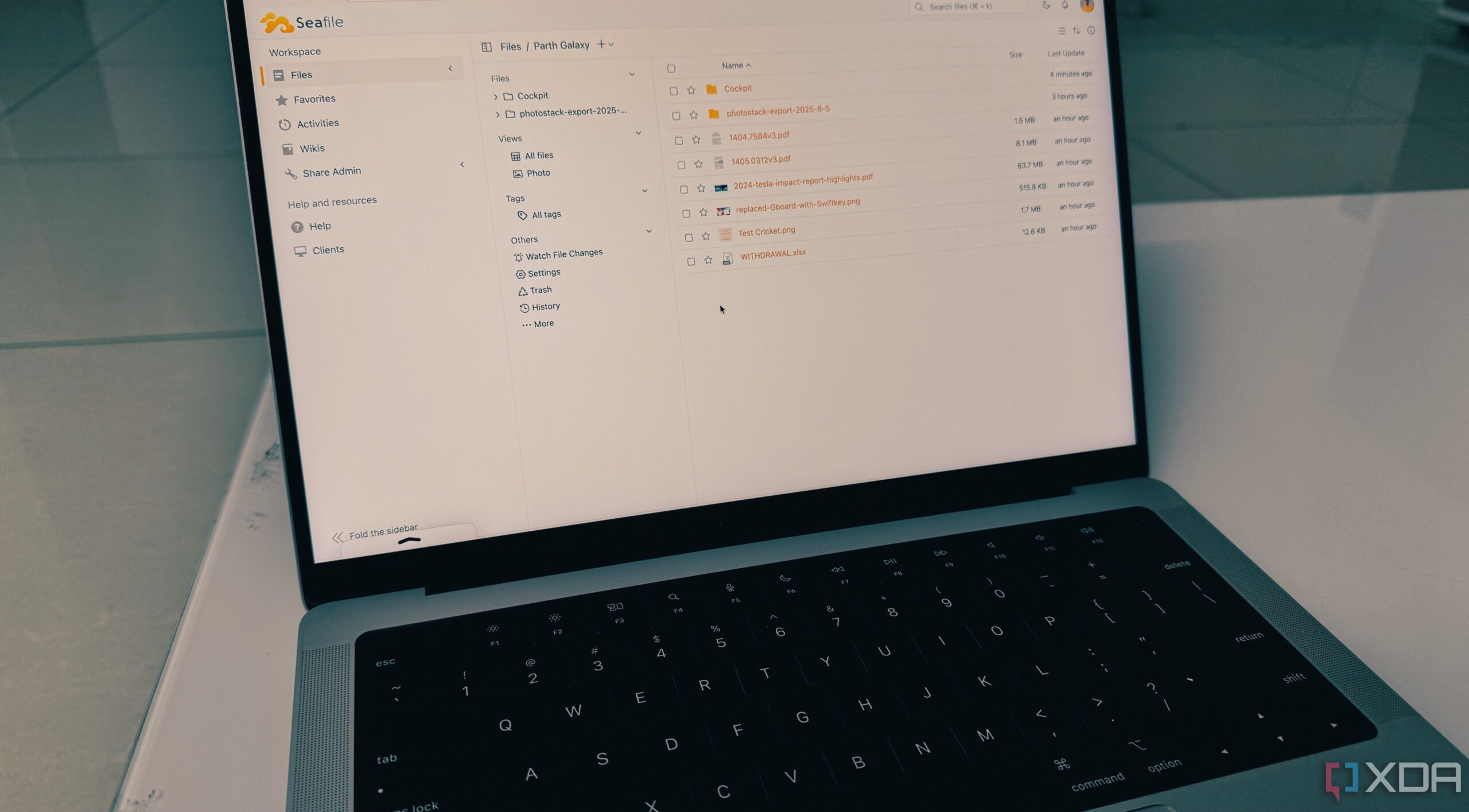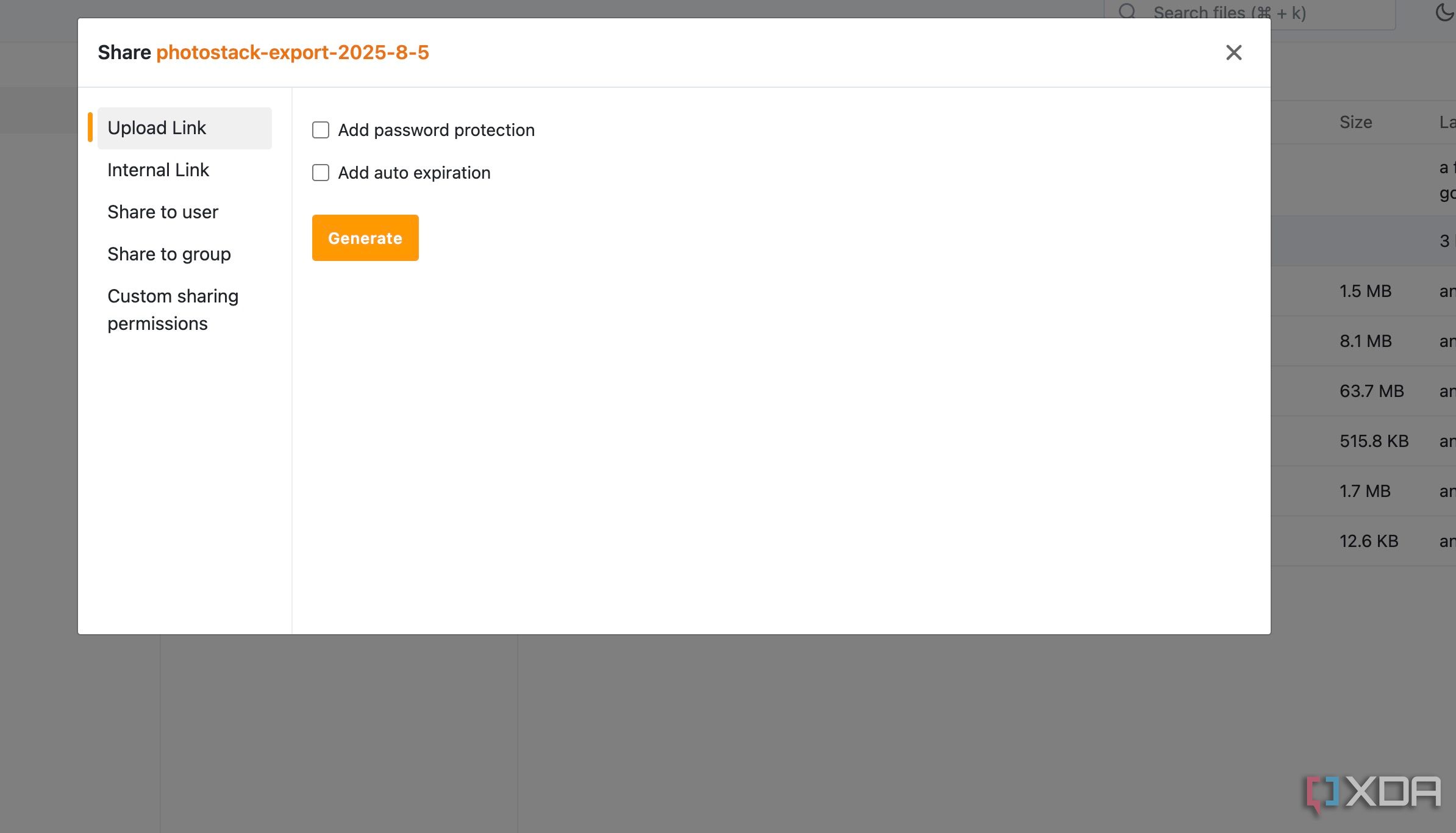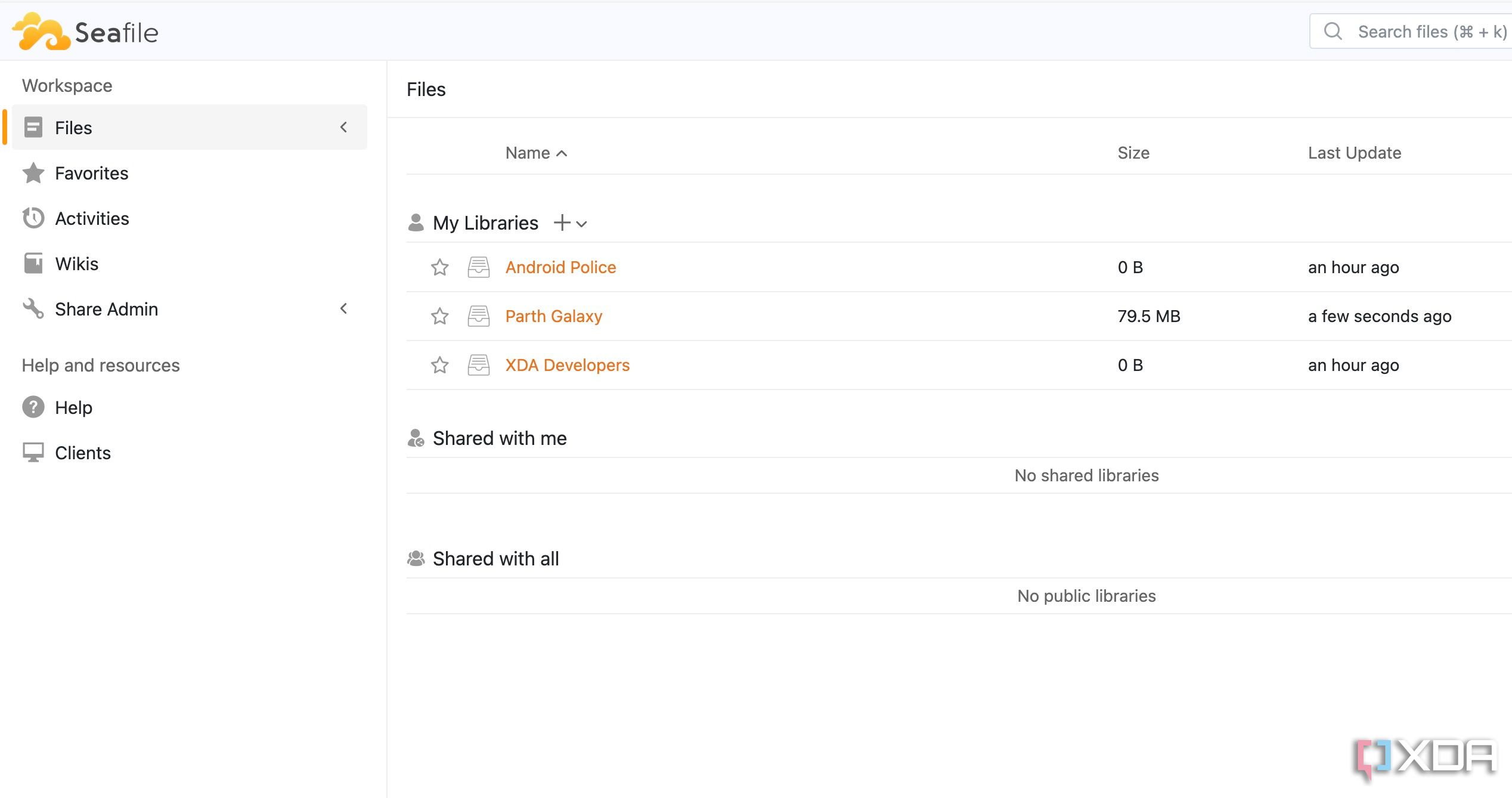Whether you are a student, a business owner, an entrepreneur, or a normal consumer, you need a reliable cloud solution to sync files and media across devices. I have tried everything – from popular solutions like OneDrive and Google Drive to self-hosted tools like Nextcloud. However, they all felt limiting in one way or the other. I wanted a solution that doesn’t compromise on speed, privacy, control, and features, and that’s when I stumbled upon an open-source powerhouse called Seafile and haven’t looked back.
Seafile goes beyond simple file syncing and offers ample features for both individuals and teams. Here is why it’s a file-sharing solution that finally delivers the control and functionality I have been missing in the world of cloud storage.
Blazing fast sync speed
High performance
Slow syncing speeds is one of the reasons I got frustrated with Nextcloud. When I first started using Seafile, the most immediate thing I noticed was the sheer speed of its syncing. The magic is due to its block-based syncing. I can head to my workspace, create a library, and start uploading files and media under new folders.
Seafile supports a dual-client approach, where I have the flexibility of mirroring specific folders to my local machine or a virtual drive that mounts Seafile storage to my PC. This allows me to access files on demand without syncing them all.
The company offers native apps on all the major platforms, including Windows, Mac, Linux, Android, and iPhone. Besides, the UI is easy to use and you won’t have a hard time switching from your current cloud storage tool.
Packed with cloud storage features
Covers all the basics and more!
Seafile’s on-premises version is what I would recommend for anyone who values control above all else. The Community Edition is a perfect starting point. It gives you the full power of Seafile’s core features for free.
If you opt for Professional Edition, it unlocks more features like full-text search, permission control, audit logs, enterprise integration, and more.
However, the real magic starts when you opt for the cloud version. What really sets it apart, though, are the advanced features that are unique to it. I have been experimenting with the AI-powered file management, and it’s been a fantastic tool.
The ability to create custom file properties and views is also a highlight for me. I can add a status or due date to a project document and then organize my files in a Kanban view.
There is even a built-in wiki, which essentially acts as a stripped-down version of Notion. I can head to the Wiki section, create a new one, and start adding pages. I can insert an icon and a banner at the top and start editing the page with the slash command. It supports the Markdown language as well.
If you have used Notion or Obsidian before, you will find yourself right at home with Seafile. This is a neat tool for anyone working with a team on large projects. The person can create a project wiki and keep everyone on the same page.
As for your existing Microsoft 365 or Google Workspace files, you can open them using the built-in editor that’s powered by OnlyOffice.
Secure file sharing
Send your files without breaking a sweat
I can’t tell you how many times I have felt uneasy sending a link from Google Drive, as I had limited control over who might eventually see it. With Seafile, that anxiety is completely gone.
When I create a sharing link, I can add a password so that only the person I intended to see the file can access it. Even better, I can set a specific expiry date for time-sensitive documents.
Seafile also supports robust file versioning and history. I can simply open the file’s history and restore a previous version with a few clicks. It’s like having a permanent safety net for every single file in my library.
Self-hosting nature
Practically unlocks unlimited storage
This is one of the biggest reasons I fell in love with Seafile: the choice between self-hosting and cloud. I’m someone who values privacy and control, so the fact that I have the flexibility to host all my data on my own hardware is a huge win.
My files aren’t subject to anyone else’s terms of service or privacy policies, and the storage limits are only as big as my own hard drives.
However, I understand that not everyone wants the responsibility of managing their own server. Here is where the cloud version comes into play. For a reasonable monthly fee, you can unlock 500GB of storage and still get the benefit of their superior syncing and collaboration features.
You can find the detailed pricing breakdown on the company’s official site.
Seafile is worth giving a shot
While services like Google Drive, OneDrive, and even Nextcloud have their place, Seafile stands out as a superior alternative to anyone who values speed, reliability, and a rich feature set. If you are ready to break free from the limitations of mainstream cloud provides and take your digital life into your own hands, I recommend giving Seafile a try. You can start with the cloud version and eventually move to the self-hosting edition.


